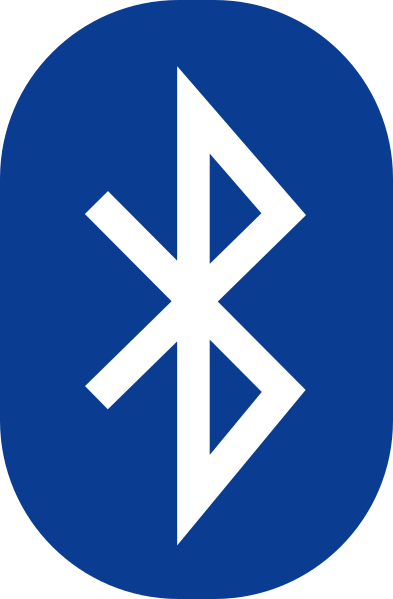AI and the Future of Jobs

AI is a transformative technology that will fundamentally reshape economies and pose significant challenges for policymakers. In fact, many believe that AI could be the fifth industrial revolution, bringing with it massive changes to nearly every aspect of our society. But, if AI sparks the next industrial revolution, the question then becomes, which jobs will be most at risk in the upcoming years? As a software development agency, how do we at Grio continue to support and protect our employees while embracing the newest technological advancements?








